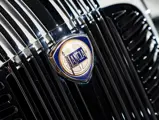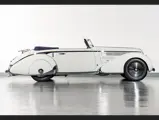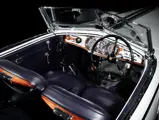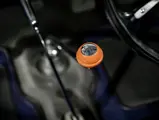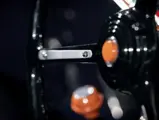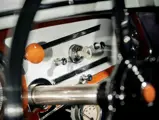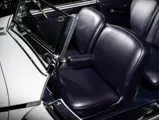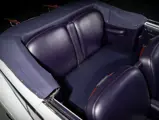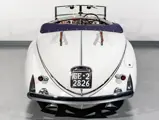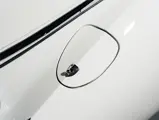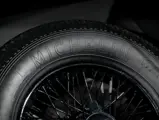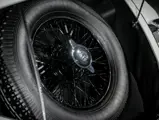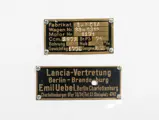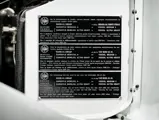
1936 Lancia Astura Cabriolet Series III 'Tipo Bocca' by Pinin Farina
{{lr.item.text}}
$1,380,000 USD | Sold
Offered from the Oscar Davis Collection
{{bidding.lot.reserveStatusFormatted}}
- One of very few short-wheelbase “Tipo Bocca” Cabriolets built, each with unique styling touches
- Magnificently detailed design by Mario Revelli di Beaumont at Pinin Farina
- Exhibited by Pinin Farina at the 1936 Milan Motor Show, winning the R.A.C.I. President’s Cup; Displayed at the inaugural Concorso d’Eleganza, San Remo, May 1937
- Restored to concours standards in its original colors under the ownership of noted collector Orin Smith
- A Lancia of breathtaking beauty, great historical significance, and notable technological sophistication
LANCIA: TECHNOLOGY MEETS ARTISTRY
As might be expected for an automaker founded by an engineer and racing driver, Lancia, established by Vincenzo Lancia in 1906, prioritized technological innovation, performance, and quality from its earliest days. This approach bore bountiful fruit in motorsport, with Lancia’s epic history of competition success needing little introduction here.
Naturally, when Lancia applied this same uncompromising formula to larger and more luxurious cars, the results were no less spectacular—and this breathtaking 1936 Lancia Astura Cabriolet Series III “Tipo Bocca,” with its unique bodywork by Pinin Farina, represents the very best of the marque’s ample pre-war capabilities.
The Lancia Astura was introduced in in November 1931 as a replacement for the flagship Dilambda, and it would be built in four series before production ceased in 1939. Reflecting a new Italian nationalism, Lancia broke their precedent of assigning their cars the letters of the Greek alphabet and instead named the new model Astura, after an ancient island castle south of Rome. The Astura was packed with innovations, including an independent front suspension with self-lubricating sliding pillars; the live rear axle was controlled by friction dampers that could be adjusted to suit with dashboard-mounted controls, and a Bijur central lubrication system was fitted. The third series also received a Dewandre brake servo for the four-wheel drum brakes and a 78-liter fuel tank.
The centerpiece, however, was Lancia’s V-8 engine. Although Lancia was not the first automaker to bring a V-8 to market, it had its own distinctive approach to the formula, creating its famous narrow-angle engines. By employing a vee angle much narrower than that of the typical V-8, Lancia was able to build an engine that had some of the casting and production advantages of a traditional inline-eight while offering many of the packaging benefits of the more compact V-8 configuration. Starting with the second series, the Astura’s engine was mounted on rubber isolators, further improving powertrain refinement.
The Astura’s third series, known as the Tipo 233 and arriving for 1933, is of particular note. In addition to a larger, 2,973-cubic-centimeter V-8 rated at 82 horsepower, the Astura was for the first time offered in two wheelbase lengths. Nine hundred and eight were built as Lungo, with a wheelbase of 131 inches as the Tipo 233L, while 328 were constructed to Corto specification on a wheelbase of 122 inches as Tipo 233C. When the Astura’s fourth series arrived, only a long-wheelbase version was offered, denying coachbuilders the choice afforded by the previous iteration.
THE PREMIERE ‘TIPO BOCCA’
The present car, Tipo 233C chassis number 33-5313, is one of the 328 Corto Asturas produced on the short-wheelbase 122-inch platform. Fitted with engine number 91-1171, it was delivered as a bare chassis to Pinin Farina in the summer of 1936 and clothed in a body designed by Mario Revelli di Beaumont, who took full advantage of the narrow-angle V-8 to create a rakish yet restrained cabriolet design. The design would come to be known as “Tipo Bocca” in reference to Vittorio Bocca, an important Lancia dealer at the time who would eventually commission a number of cars in this style.
The aerodynamic profile features a sloping, rounded grille, whose horizontal bars are interrupted by a dramatic “waterfall” of chrome strakes running from the slim, elegant bumper to the base of a vee’d windshield. The peaked front fenders are separated from the body by rounded fairings that feature individually integrated headlights and driving lights, while the rear fender spats also contribute to the clean, smooth lines. The open car’s streamlined horizontal emphasis is reinforced by a chrome strake running the entire length of the body as well as horizontal engine compartment vents, features that are accentuated when the halves of the split windshield are folded flat. Gently curving body sides feature an early use of curved side windows. Highlighting the car’s restrained elegance was its subtle, pale grey paint with blue upholstery and power-actuated convertible top, the latter a great novelty for 1936.
The newly completed cabriolet was displayed on the Pinin Farina stand at the 1936 Salone del l’Automobile, Milano, where it received the President’s Cup from the Royal Automobile Club of Italy (R.A.C.I.). Following the show, chassis number 33-5313 was acquired by Ghiara & C., Lancia’s main agent in Genoa. Ghiara sold the car to Cav. Piero Sanguineti, a local industrialist, for about 75,000 Lire (the equivalent of about $4,200 at the time). In May 1937, Sanguineti showed the car in the inaugural Concorso d’Eleganza per Automobili, San Remo, where it received a class award.
The car was subsequently purchased by Emil Uebel, Lancia’s German distributor, who apparently kept it in his main facility in Berlin-Charlottenburg. Wartime records no longer exist, offering no explanation of whether Uebel sold the car or retained it for himself, or how and where the car survived the conflict. But survive, it certainly did, and in early 1947 it was acquired by American collector Barney Pollard, as part of a package deal with two steam locomotives.
Pollard shipped number 33-5313 to the United States and kept the car until 1980, when it was sold to Armand Giglio, former President of the American Lancia Club. Giglio held the car a further two decades, selling it in 2004 to an owner in Connecticut. Other than an older repaint, the car was in largely original condition, but with some deterioration of the body’s wood framing. The new owner undertook restoration of the wood framing, as well as some body preparation work.
A RETURN TO CONCOURS-WORTHY GLORY
In late 2011, the Astura was acquired by collector Orin Smith. He would commission Vantage Motorworks of Miami to complete the restoration to international concours standards. Refinished in pale grey over blue—a livery replicating its original show-stand appearance—the car easily achieved Best in Class at the Classic Sports Sunday at Mar-a-Lago, and People’s Choice at Amelia Island, both in 2013. The Lancia subsequently journeyed back to Italy, where it was judged Most Sympathetic Restoration at the 2014 Concorso d’Eleganza Villa d’Este, in the company of a thrilled Mr. and Mrs. Smith.
The car was subsequently exhibited at the Petersen Automotive Museum in Los Angeles, as part of their “Rolling Sculpture” exhibit of advanced streamlined design. Notably, a sister car to this lovely Astura, in long-wheelbase form, was awarded Best of Show at the 2016 Pebble Beach Concours d’Elegance, cementing its importance to design and elegance for the era.
Oscar Davis acquired this Lancia in 2017, becoming the latest in a series of notable collectors to serve as its caretaker. Undeniably more luxurious than many of Davis’ sport and racing-focused machines, the Astura is nevertheless a true thoroughbred; its style, advanced technology, and remarkable pedigree made it a natural fit for his curated stable.
Now offered from the Oscar Davis Collection, this Lancia Astura “Corto” cabriolet perfectly epitomizes Pinin Farina’s design of the pre-war period: restrained elegance with simple but precise details. As such, it represents an opportunity to acquire one of the most important and beautiful examples of Italian engineering and coachbuilding—a show car par excellence, now as then.







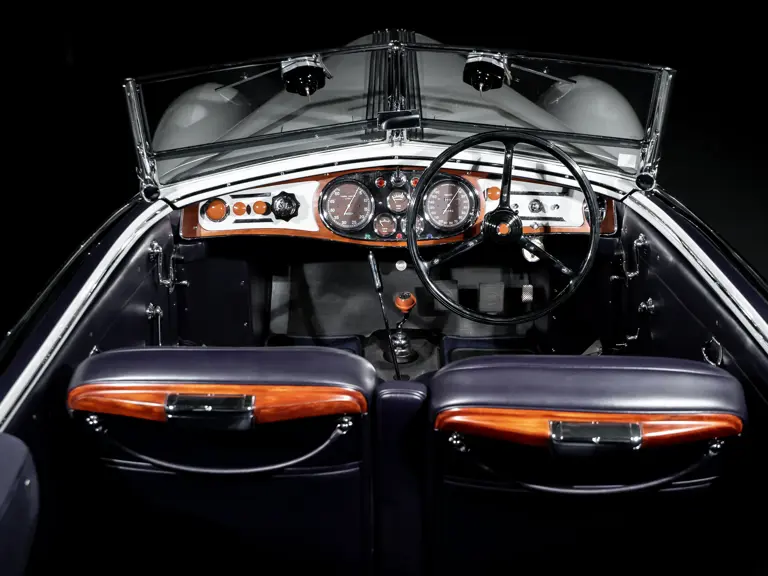




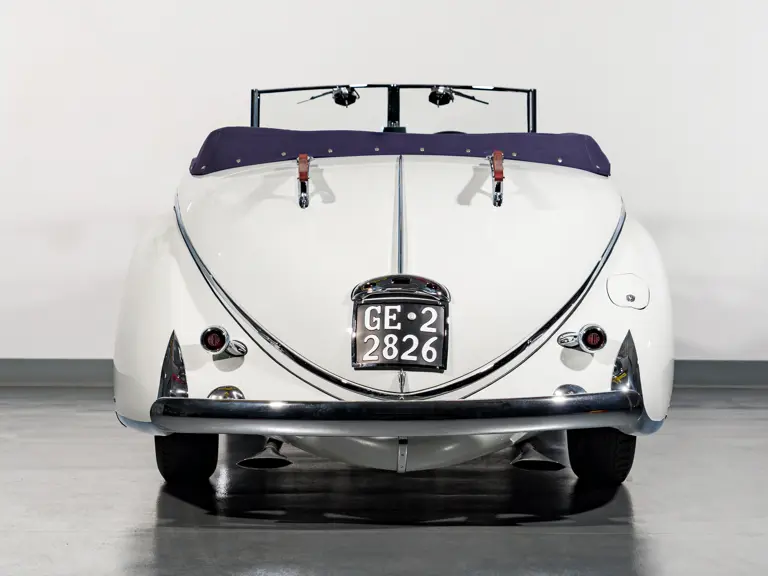



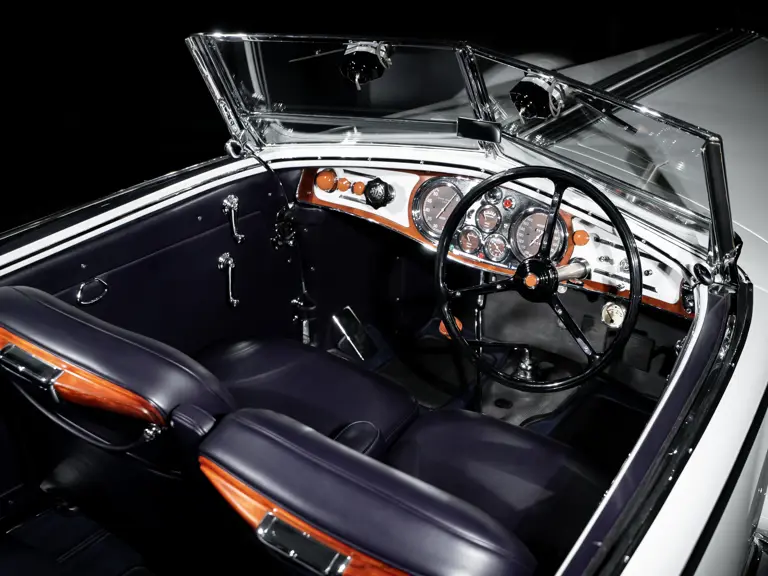














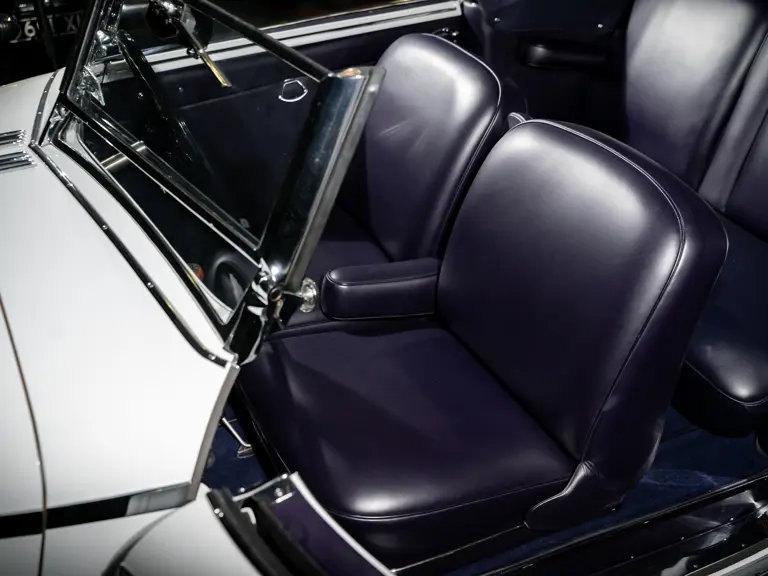

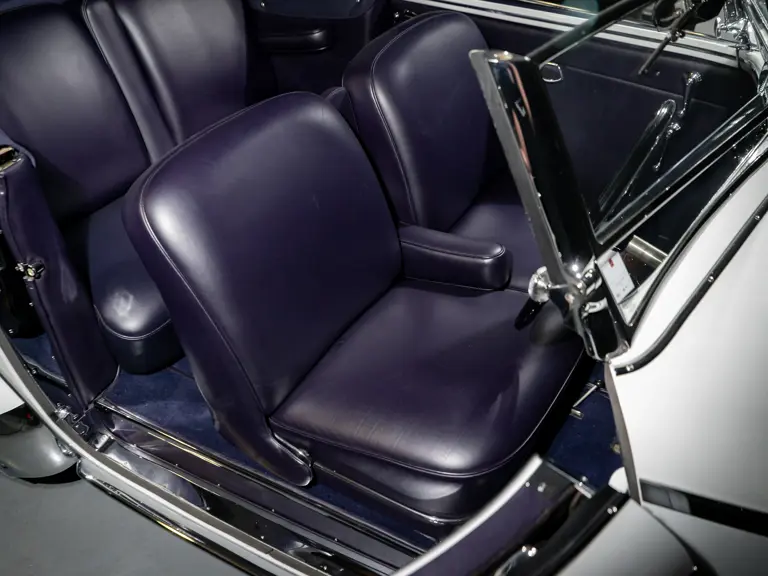







































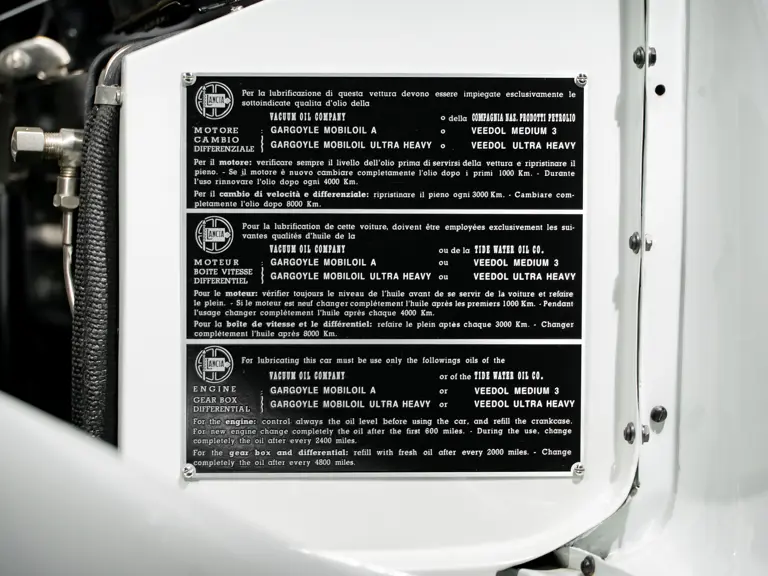
 | Monterey, California
| Monterey, California




